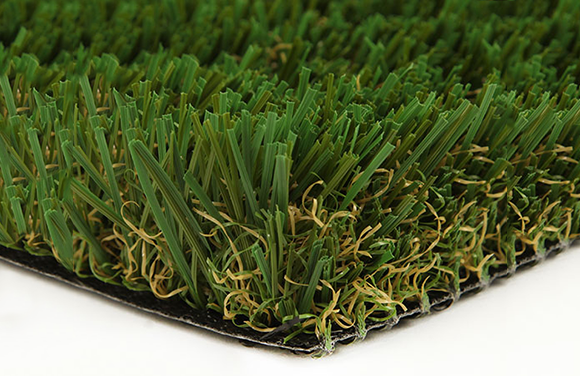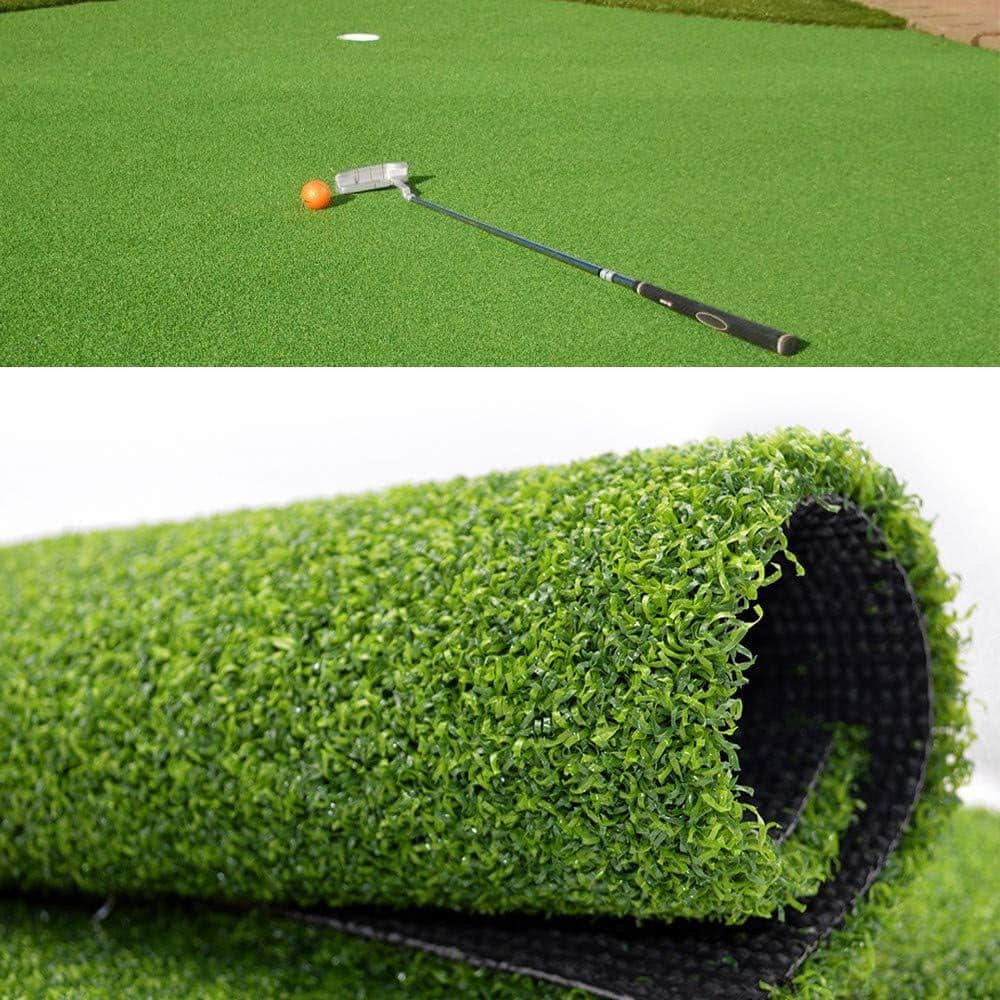Look Into the Environmental Conveniences of Opting for Artificial Grass Solutions
The fostering of artificial turf options offers an engaging opportunity to address pressing environmental difficulties. By dramatically reducing water usage and reducing the application of dangerous chemicals, these choices not just advertise lasting landscaping but also safeguard regional environments.
Water Preservation Conveniences
Among one of the most substantial benefits of synthetic grass is its capacity to conserve water. Conventional turf lawns require substantial watering, specifically in locations vulnerable to dry spell or water limitations. In contrast, synthetic grass does not need watering, significantly reducing the total need for water sources. This function is particularly advantageous in deserts where water deficiency is a pushing worry.
By getting rid of the demand for routine watering, artificial grass adds to lasting landscape practices and aids reduce the ecological impact of too much water consumption. In addition, the conservation of water reaches the reduction of overflow, which can bring about soil disintegration and river pollution.
Additionally, the setup of synthetic grass permits municipalities and house owners to allot water sources much more effectively, concentrating on essential uses such as alcohol consumption water and farming. The shift towards man-made lawn not only promotes accountable water use however additionally straightens with broader environmental goals targeted at protecting all-natural sources.
As areas progressively focus on sustainability, the water preservation advantages of synthetic grass present a compelling case for its adoption in domestic and commercial landscaping projects.
Reduced Chemical Usage
The transition to synthetic grass significantly decreases the reliance on chemical therapies generally made use of in all-natural yard upkeep. Standard grass administration commonly entails the application of herbicides, pesticides, and fertilizers to advertise development and control bugs. These chemicals can present dangers to human health, local wildlife, and the setting, adding to dirt and water contamination.
In contrast, synthetic grass eliminates the demand for these unsafe materials. As soon as set up, it needs minimal maintenance, largely being composed of routine cleaning and irregular infill replenishment. This decrease in chemical usage not only benefits the prompt atmosphere but additionally adds to broader eco-friendly stability. By minimizing the launch of synthetic substances into the ecosystem, synthetic grass advertises healthier soil and water systems.
Moreover, the absence of chemical drainage related to man-made turf setups aids safeguard neighborhood waterways from contamination, sustaining aquatic life and preserving biodiversity. Turf installation phoenix az. As neighborhoods significantly prioritize lasting techniques, choosing synthetic grass presents a practical remedy that aligns with environmental preservation goals. With this change, homeowner can enjoy rich environment-friendly spaces without compromising environmental health and wellness, leading the way for an extra lasting future
Reduced Carbon Impact

Additionally, the setup of fabricated turf can result in considerable water preservation. All-natural grass call for considerable amounts of water for irrigation, which not only includes in the carbon footprint related to water removal and therapy however likewise stress neighborhood water sources. On the other hand, synthetic lawn requires marginal upkeep, calling for no watering, therefore significantly reducing water usage and its click here for more info associated power prices.
In addition, the long life of fabricated lawn adds to its lower carbon effect. With a life expectancy of as much as 15 years or pop over to this web-site more, the need for frequent substitutes is lessened, causing much less waste and lower energy consumption in production and dealing with conventional turf alternatives. Overall, synthetic grass presents a lasting choice for ecologically mindful landscaping.
Habitat Conservation
Environment preservation is a crucial consideration in the argument over landscaping options, particularly when contrasting man-made grass to natural grass. All-natural lawn lawns frequently require considerable upkeep, including using herbicides, plant foods, and pesticides, which can adversely affect regional ecological communities. These chemicals can leach into the soil and rivers, hurting indigenous plants and animals and disrupting neighborhood habitats.
Man-made grass removes the demand for damaging chemicals, thereby protecting nearby wildlife and maintaining the stability of surrounding environments. The installation of artificial lawn can lead to the conversion of former grass locations into even more biodiverse landscapes, such as pollinator gardens or indigenous plant areas, which can sustain neighborhood wild animals.
Ultimately, the transition to artificial grass not only saves water and minimizes upkeep initiatives yet likewise fosters an extra harmonious relationship in between human tasks and the all-natural setting, advertising environment preservation at the same time.
Long-Term Sustainability
Long-lasting sustainability is an important aspect in reviewing the advantages of artificial turf over standard grass lawns. One of the most significant benefits of synthetic grass is its longevity; it can last as much as 15-20 years with minimal maintenance, whereas all-natural turf requires regular reseeding and replacement. This durability decreases the requirement for constant resources, such as water, plant foods, and pesticides, which are necessary for maintaining a healthy and balanced grass lawn.
Furthermore, synthetic turf adds to a decrease in carbon discharges related to lawn care equipment. Standard grass frequently call for gas-powered mowers, trimmers, and blowers, every one of which add to air contamination. Arizona turf. In comparison, fabricated lawn removes the need for such devices, advertising a cleaner environment
Moreover, the production of synthetic grass significantly makes use of recycled materials, improving its sustainability account. As makers adopt green methods, the environmental footprint of synthetic grass remains to lessen.

Conclusion
The adoption of synthetic grass services presents considerable ecological advantages, consisting of substantial water preservation, decreased reliance on damaging chemicals, and a reduced carbon footprint. Artificial lawn aids in preserving all-natural habitats by decreasing land disruption and promoting long-term sustainability with the usage of sturdy products. Collectively, these factors underscore the possibility of synthetic grass to add positively to ecological health and wellness and supply a sensible option to traditional landscape design practices in an increasingly resource-conscious world.
In contrast, artificial grass does not need watering, significantly reducing the total demand for water resources. By lessening the launch of artificial substances into the environment, synthetic grass promotes healthier dirt and water systems.
Furthermore, the setup of man-made lawn can result in significant water preservation. In contrast, synthetic turf requires minimal upkeep, needing no watering, thereby considerably minimizing water use and its linked energy costs.
